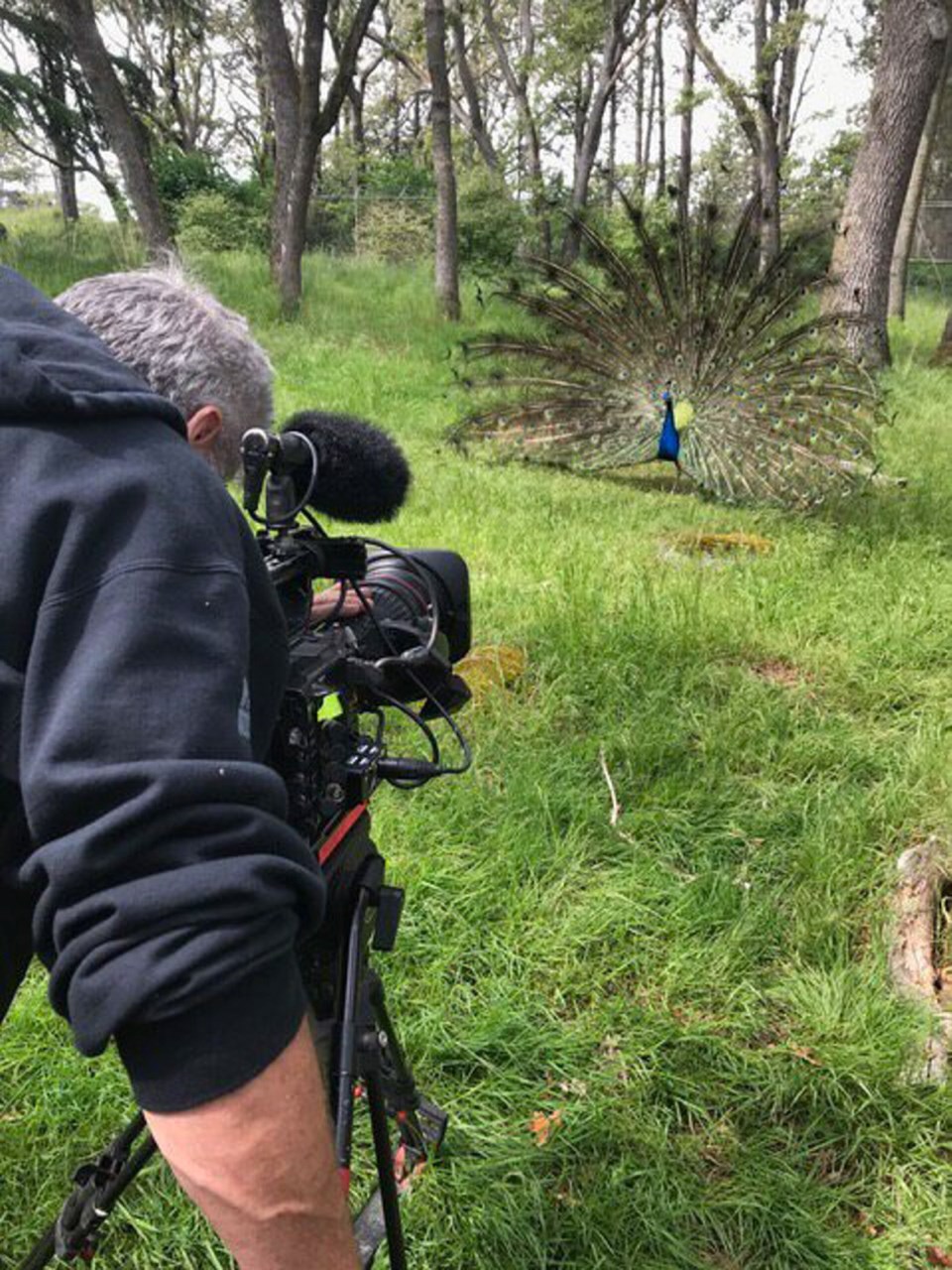ON SCREEN
What: Living Colour
Where: CBC’s The Nature of Things
When: Oct. 11, 9 p.m.
The way human and animal brains perceive and process colour is the basis for a new documentary with Victoria roots.
Award-winning filmmaker Judith Pyke created Living Colour to bring the complicated world of neurophysics into public view, with a focus on colour.
The film, which premières tonight on CBC’s The Nature of Things, tackles colour perception by everyone from babies and bees to animals and adults.
The junction where light enters the brain through the eyes was the jumping-off point for Pyke, a University of Victoria graduate who quickly found herself immersed in a world of science that was completely foreign.
“I love colour — it’s that simple,” Pyke said. “That was the spark for the film. But when I started looking at all the science, there was so much to learn and understand.”
The Victoria-raised, Vancouver-based director spent a year on the project, travelling to England to learn how babies see colour, and the U.S. to interview some of the world’s top neuroscientists. “We interviewed people who see the world in really unique ways,” she said.
One of those people was Meghan Sims, a Kitchener, Ont., artist who has a rare visual condition, achromatopsia — complete colour blindness. She can only see in black and white and greys, which is exemplified by her art.
Also featured is professional violinist Kaitlyn Hova, who has performed with Michael Bublé and Rod Stewart, among others. She has synesthesia, which means the San Francisco musician sees colours when she hears certain musical notes.
To depict her experience, Hova — who is also a web designer and computer programmer — created a violin that lights up with the colour she sees when it is played.
Pyke worked with a visual-effects company to capture Hova’s experiences, one of the many challenges in filming such a complex subject. “That is one of the challenging things about doing a show on colour perception. It’s impossible to get inside someone else’s brain and see exactly what they experience.”
Portions of the film were shot on Galiano Island and in Victoria — peacocks at the Beacon Hill Children’s Farm make an appearance — which brought Pyke back to her roots.
She received a Harvard Medical School media fellowship in 2018, the same year she was named the Harvey Southam Lecturer for the writing department at UVic. Teaching at her alma mater (she graduated in 1994) gave Pyke the opportunity to mentor students who were like her at one point — eager to learn, but needing career opportunities.
It was during the 1990s, after a brief stint with the Victoria Film Festival, that Pyke realized she wanted to make documentaries for a living, so she moved Toronto.
She spent 17 years there and gained valuable experience, cutting her teeth as a producer on Arts and Minds, an in-house documentary program on the Bravo network.
After moving to Vancouver, and creating her own production company, Curious Features, Pyke wrote, directed or executive-produced a string of acclaimed documentaries, including Cracking Cancer (about patients taking an experimental approach to cancer treatment), Cowboy Up (a look at rodeo culture) and two documentaries about conjoined twins Tatiana and Krista Hogan.
Her work has earned Pyke a string of plaudits, including Canadian Screen Award nominations and two Leo Awards, which she attributes to the same inquisitive nature that led her to Living Colour.
“I think in pictures,” she said. “That works for writing and directing. At the same time, it’s all storytelling.”



